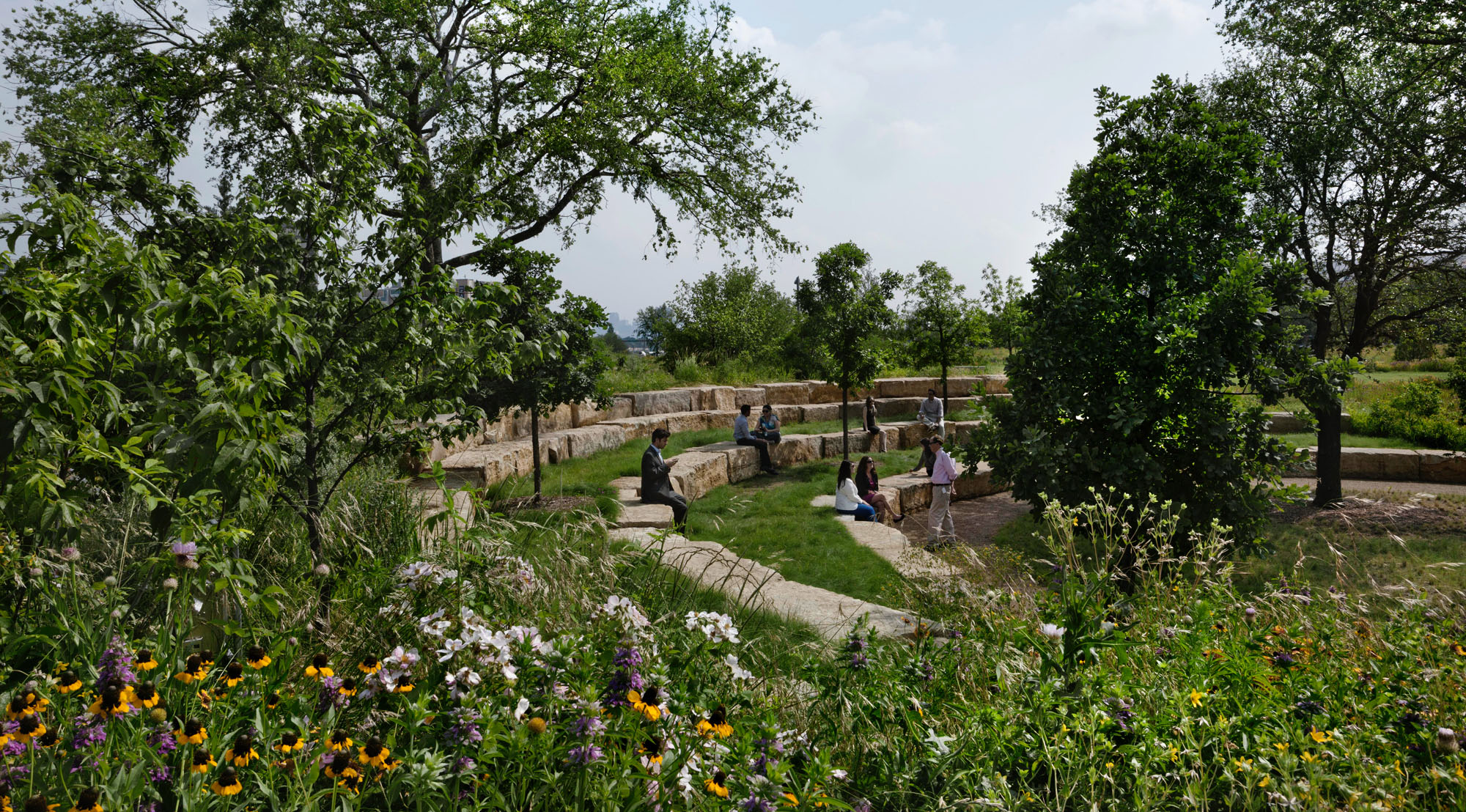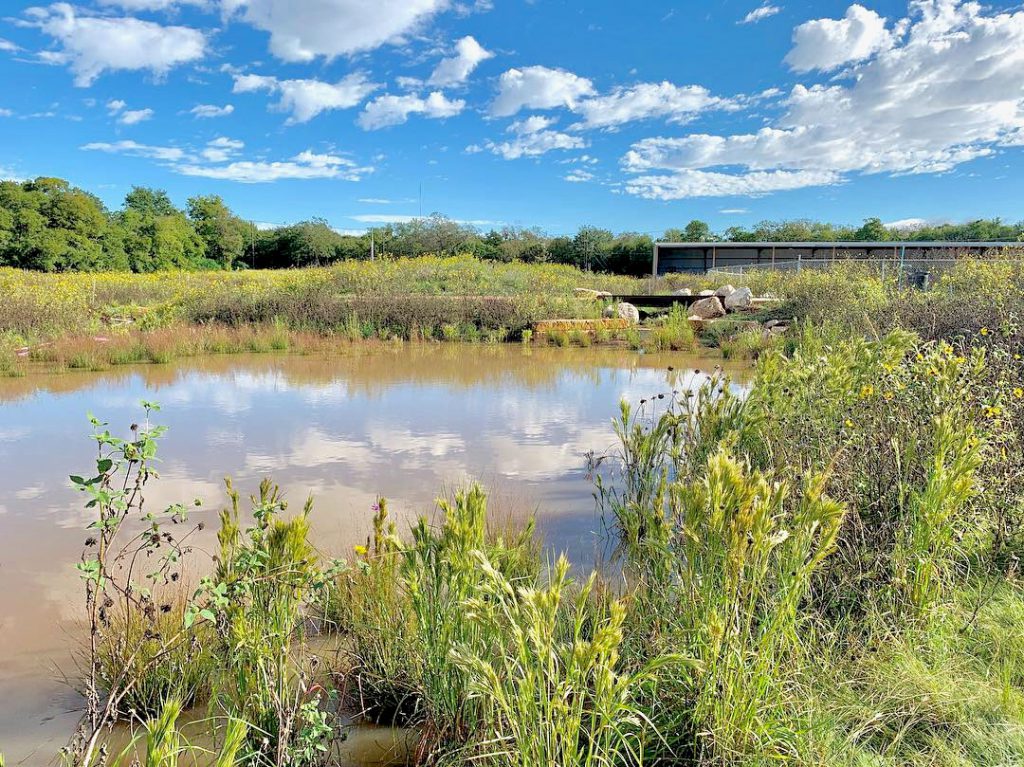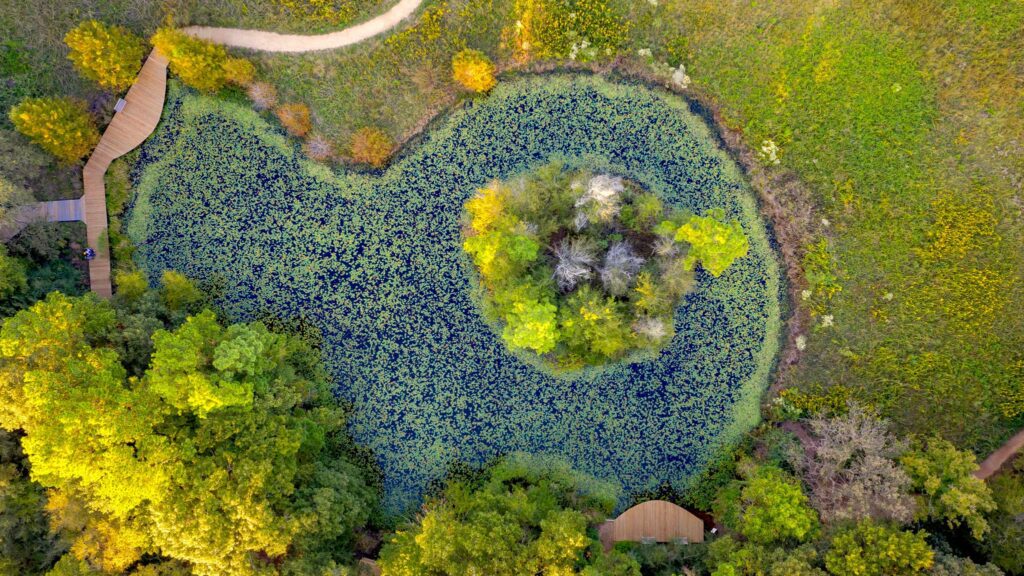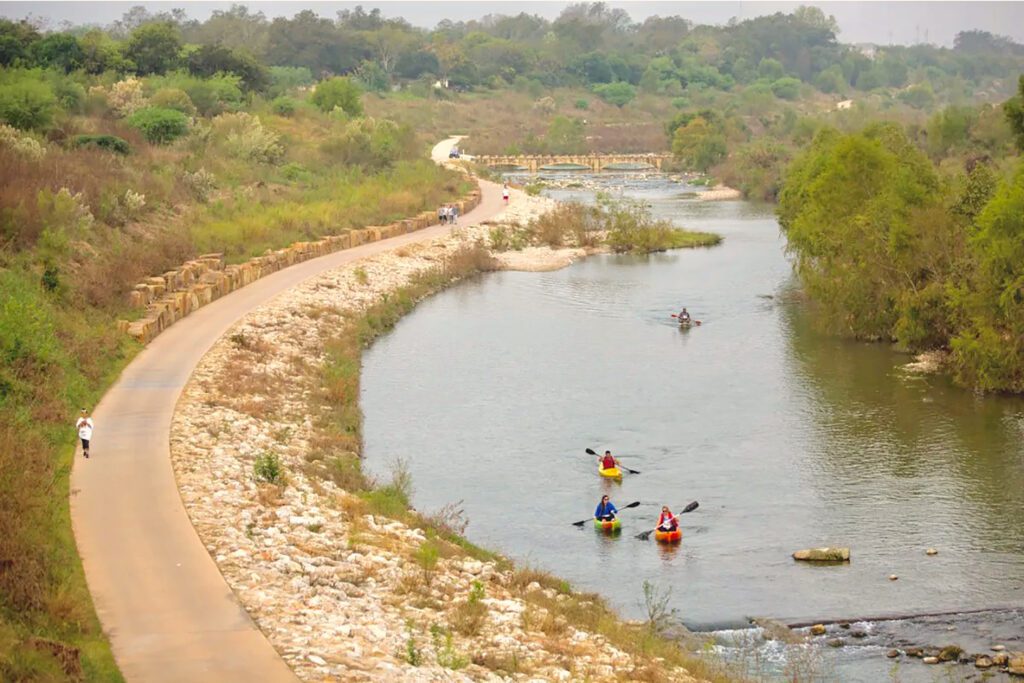- Services /
- Ecological Restoration & Design
Ecological Restoration & Design

Human health and well being is directly connected to living within biodiverse landscapes. Restoring our landscapes helps restore ourselves.
If we implement systems based design, a strategy that acknowledges and emphasizes the complex relationships and functional processes of ecosystems, we can create a new landscape framework that is truly inclusive; a design that makes room for more than one species. By collaborating with team partners throughout the project’s duration, we can work with architects, landscape architects, engineers, and contractors to develop designs that address soil health, grow diverse plant communities for many years to come, and achieve landscapes for all.
Site Assessment and Restoration Report
Blackland Collaborative will visit the site to assess current conditions (soils, vegetative cover, dominant vegetative community, invasive and native plant populations). Time on site will be dependent upon site scale and project goals. We then take that data and research historical documentation to determine historic climax plant communities and provide an in-depth report documenting multiple plant community states and the transition efforts required to achieve desired conditions. Reports will include thorough prescription of restoration measures including soil amendment, invasive plant treatment plan, seed species design, seed rates, live plantings, establishment irrigation schedule, and maintenance regime. Maintenance can include prescribed burning, grazing, mowing, thatch removal schedule, subsequent seedings, and vegetative monitoring plans.
Design Package Work
- Master Plan
- Schematic Design
- Design Development
- Construction Oversight
- Post Installation Monitoring
Blackland Collaborative will work with the integrated design team through the entire process to create restored ecosystems within larger design. We provide stakeholder facilitation at the Master Plan level and then help guide the project to optimize ecosystem services in alignment with client’s goals. In the initial stages, Blackland Collaborative will provide rigorous redline and review sessions to help shape design trajectory. Our aim is to push the project so that the design outperforms and functions on multiple levels. Blackland Collaborative will produce design specifications related to soil selections, soil amendment, soil compaction rates, invasive plant treatment plan, seed species design, seed rates, seed schedules, live planting selections, establishment irrigation layout (to achieve coverage, we are not licensed irrigators and will coordinate with irrigation contractor), establishment irrigation schedule, and maintenance regime. Maintenance can include prescribed burning, grazing, mowing, thatch removal schedule, subsequent seedings, and vegetative monitoring plans. Blackland Collaborative will visit the site quarterly, post installation and provide reports per each inspection to help guide restoration areas in their infancy. These inspections can continue as long as the client desires.
SITES Integration
Our projects reflect best practices based on guidelines from the Sustainable SITES Initiative (SITES), a Green Business Certification Inc. (GBCI) program that was initially created by a partnership of the American Society of Landscape Architects, the United States Botanic Garden, and the Lady Bird Johnson Wildflower Center including members of the EDG staff. SITES is a set of comprehensive guidelines and performance benchmarks for a voluntary national rating system for sustainable landscapes, similar to the LEED rating system for green buildings. Blackland Collaborative will review the SITES scorecard with the design team and clients at the beginning of the project to assess if it is a good candidate. We will work with the integrated team to help with relevant documentation, establish a maintenance and management framework, and long-term monitoring protocol.
We perform Ecological Design for the following sectors:
- ACADEMIC
- CIVIL AND PUBLIC SPACES
- WILDLAND-URBAN INTERFACE
- FIREWISE LANDSCAPES
- PARKS AND PLAZAS
- RIPARIAN RESTORATION
- RANCHES AND CAMPS
- OPEN-SPACE RESTORATION
- HOSPITALITY
- SINGLE-FAMILY RESIDENTIAL POCKET PRAIRIES
- LOW-IMPACT DEVELOPMENT FEATURES



